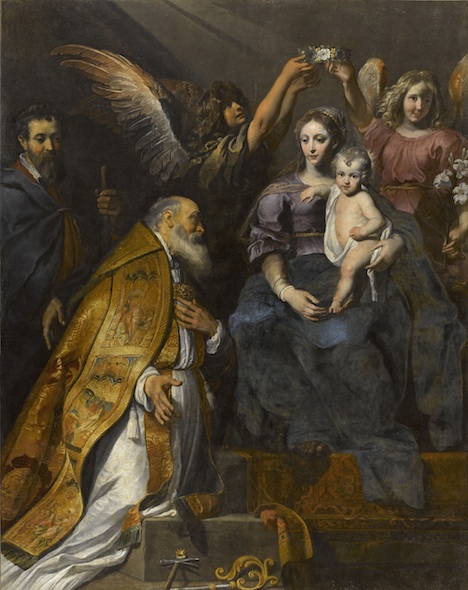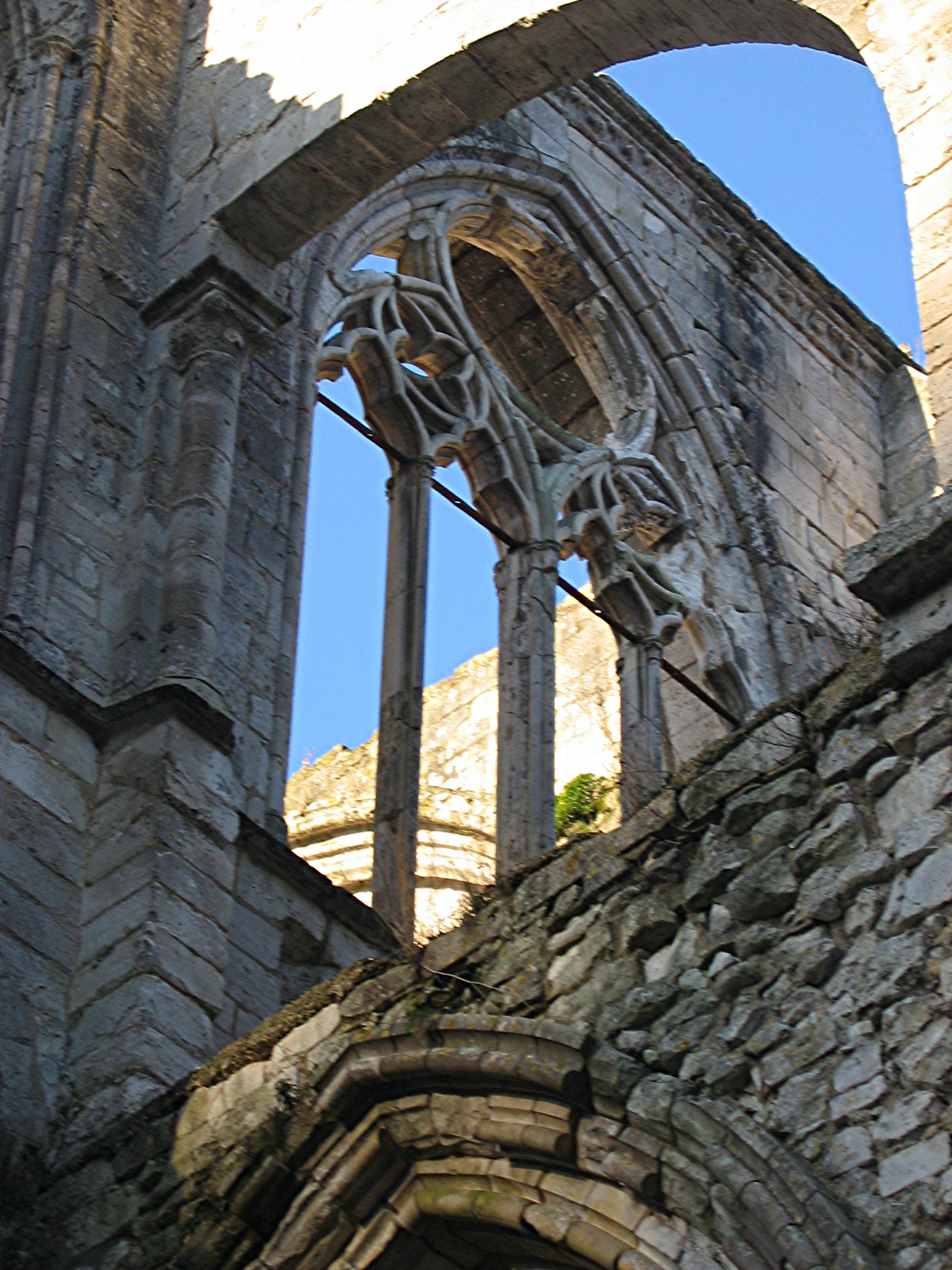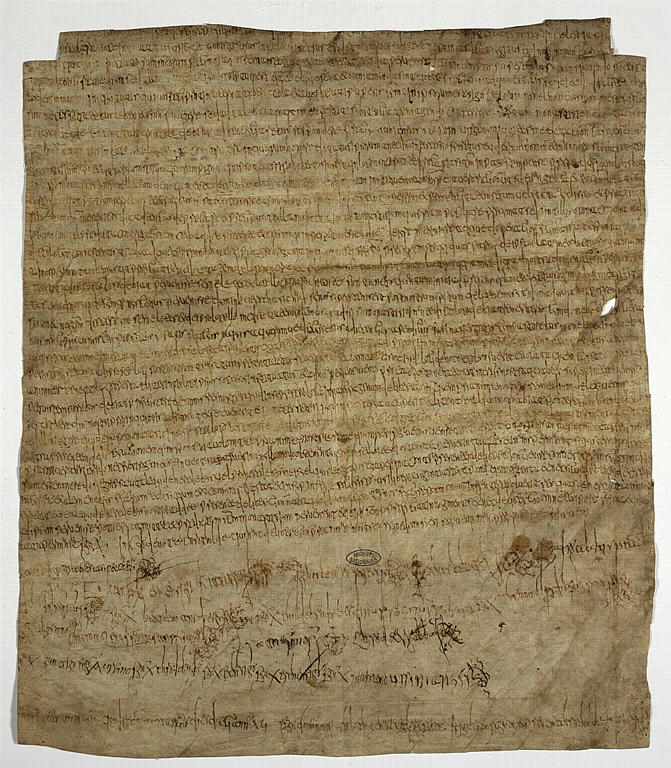|
Ouen
Audoin (AD 609 – on 24 August 684; also spelled ''Audoen'', ''Ouen'', ''Owen''; la, Audoenus; known as Dado to contemporaries) was a Frankish bishop, courtier, hagiographer and saint. Life Audoin came from a wealthy aristocratic Frankish family who held lands in the upper Seine and Oise valleys. His father was Saint Authaire (Audecharius). Audoin was a first cousin of Agilbert, bishop of the West Saxons. He spent his childhood at Ussy-sur-Marne, and was then sent to be educated at the Abbey of Saint-Médard de Soissons. From there he went to the court of Chlothar II (d.629), where training both military and literary was given to young noblemen, he served Dagobert I as one of his referendaries (administrators). [...More Info...] [...Related Items...] OR: [Wikipedia] [Google] [Baidu] |
Bishop Of Rouen
The Roman Catholic Archdiocese of Rouen (Latin: ''Archidioecesis Rothomagensis''; French: ''Archidiocèse de Rouen'') is an archdiocese of the Latin Rite of the Roman Catholic Church in France. As one of the fifteen Archbishops of France, the Archbishop of Rouen's ecclesiastical province comprises the greater part of Normandy. The Archbishop of Rouen is currently Dominique Lebrun. History According to legend, developed in the 11th century, the diocese was founded by Nicasius, a disciple of St. Denis who was martyred after arriving in Normandy towards the end of the first century on a mission from Pope Clement I. Most of the episcopal lists of the Diocese of Rouen, however, omit Nicasius' name. Rouen became an archdiocese probably around 744 with the accession of Grimo. Archbishop Franco baptized Rollo of Normandy in 911, and the archbishops were involved in the Norman conquest of England in 1066. Normandy was annexed to France in 1204, and Rouen was later occupied by England fro ... [...More Info...] [...Related Items...] OR: [Wikipedia] [Google] [Baidu] |
Saint Eligius
Saint Eligius (also Eloy, Eloi or Loye; french: Éloi; 11 June 588 – 1 December 660 AD) is the patron saint of goldsmiths, other metalworkers, and Coin collecting, coin collectors. He is also the patron saint of veterinarians, the Royal Electrical and Mechanical Engineers (REME), a corps of the British Army, but he is best known for being the patron saint of horses and those who work with them. Eligius was chief counsellor to Dagobert I, Merovingian king of France. Appointed the bishop of Noyon-Tournai three years after the king's death in 642, Eligius worked for 20 years to convert the Paganism, pagan population of Flanders to Christianity. Biography Eligius was born at the villa of Captelat, six miles north of Limoges, in Aquitaine (now France), into an educated and influential Gallo-Roman family. His father, recognising unusual talent in his son, sent him to the goldsmith Abbo, master of the mint at Limoges. Later Eligius went to Neustria, the palace of the Franks, where h ... [...More Info...] [...Related Items...] OR: [Wikipedia] [Google] [Baidu] |
Abbey Of Saint Wandrille
Fontenelle Abbey or the Abbey of St. Wandrille is a Benedictine monastery in the commune of Rives-en-Seine. It was founded in 649 near Caudebec-en-Caux in Seine-Maritime, Normandy, France. First foundation It was founded by Wandregisel or Saint Wandrille (d. 22 July 668) and his nephew Godo, on land obtained through the influence of Wandregisel's friend Saint Ouen, Archbishop of Rouen. Wandrille, being of the royal family of Austrasia, held a high position in the court of his kinsman Dagobert I, but wishing to devote his life to God, he retired to the abbey of Montfaucon-d'Argonne, in Champagne, in 629. Later he went to Bobbio Abbey and then to Romainmôtier Abbey, where he remained for ten years. In 648 he returned to Normandy and established the monastery of Fontenelle,Alston, George Cypria ... [...More Info...] [...Related Items...] OR: [Wikipedia] [Google] [Baidu] |
Didier Of Cahors
Saint Didier, also known as Desiderius ( AD – November 15, traditionally 655), was a Merovingian-era royal official of aristocratic Gallo-Roman extraction. He succeeded his own brother, Rusticus of Cahors, as bishop of Cahors and governed the diocese, which flourished under his care, from 630 to 655. Didier's career, like that of his brothers, is an example of a church and a monastic system controlled by the ruling, landholding class that was closely linked to the Merovingian monarchy. "This was no innovation of this period, but rather represented a continuation of a state of affairs which had existed since late Roman and early Merovingian times". Life Born in the oppidum of Albi about the year 580, to a father with the expressly Christian name of Salvius and a literate mother with the Frankish name Herchenfreda, Desiderius had two brothers, named Rusticus and Syagrius. The three boys were sent to the court of the Frankish king Clotaire II (584–629; from 613 sole sovereign), ... [...More Info...] [...Related Items...] OR: [Wikipedia] [Google] [Baidu] |
Theuderic III
Theuderic III (or Theuderich, Theoderic, or Theodoric; french: Thierry) (c. 651–691) was the king of Neustria (including Burgundy) on two occasions (673 and 675–691) and king of Austrasia from 679 to his death in 691. Thus, he was the king of all the Franks from 679. The son of Clovis II and Balthild, he has been described as a puppet – a ''roi fainéant'' – of Ebroin, the Mayor of the Palace, who may have even appointed him without the support of the nobles. He succeeded his brother Chlothar III in Neustria in 673, but Childeric II of Austrasia displaced him soon thereafter until he died in 675 and Theuderic retook his throne. He fought a war against Dagobert II. His forces under Ebroin were victorious at the Battle of Lucofao. When Dagobert died in 679, Theuderic became king of Austrasia as well, unifying the Frankish realms. He and the Neustrian mayor of the palace, Waratton, made peace with Pepin of Heristal, mayor of the palace of Austrasia, in 681. However, on W ... [...More Info...] [...Related Items...] OR: [Wikipedia] [Google] [Baidu] |
Agilbert
Agilbert ( 650–680) was the second bishop of the West Saxon kingdom and later Bishop of Paris. He is venerated as a saint within the Catholic Church, with his feast day falling on 11 October. The date and place of Agilbert's birth are unknown, but evidence suggests it took place between 610 and 620.Hunter, 1985. Son of a Neustrian noble named Betto, he was a first cousin of Audoin and related to the Faronids and Agilolfings, and less certainly to the Merovingians. His name, the Frankish language equivalent of Æthelberht, has been taken to suggest a link with the royal family of the Kingdom of Kent. Agilbert was consecrated as a bishop in Francia before he travelled to Britain. He arrived in the West Saxon kingdom after the return to power of King Cenwalh of Wessex, who had been driven out by Penda of Mercia, either in the late 640s or 650s. He was appointed to succeed Birinus (also later canonised, and attributed with conversion of Wessex to Christianity) as bishop of the W ... [...More Info...] [...Related Items...] OR: [Wikipedia] [Google] [Baidu] |
Eastern Orthodox Church
The Eastern Orthodox Church, also called the Orthodox Church, is the second-largest Christian church, with approximately 220 million baptized members. It operates as a communion of autocephalous churches, each governed by its bishops via local synods. The church has no central doctrinal or governmental authority analogous to the head of the Roman Catholic Church—the Pope—but the Ecumenical Patriarch of Constantinople is recognized by them as '' primus inter pares'' ("first among equals"), which may be explained as a representative of the church. As one of the oldest surviving religious institutions in the world, the Eastern Orthodox Church has played a prominent role in the history and culture of Eastern and Southeastern Europe. The Eastern Orthodox Church officially calls itself the Orthodox Catholic Church. Eastern Orthodox theology is based on holy tradition, which incorporates the dogmatic decrees of the seven ecumenical councils, the Scriptures, and the teachin ... [...More Info...] [...Related Items...] OR: [Wikipedia] [Google] [Baidu] |
Ebroin
Ebroin (died 680 or 681) was the Frankish mayor of the palace of Neustria on two occasions; firstly from 658 to his deposition in 673 and secondly from 675 to his death in 680 or 681. In a violent and despotic career, he strove to impose the authority of Neustria, which was under his control, over Burgundy and Austrasia. Life and career Following the failed coup of the Pippinid mayor Grimoald the Elder in Austrasia, the Merovingian court resided in Neustria. According to the ''Liber historiae Francorum'', during the reign of Chlothar III the mayor Erchinoald of Neustria died. In 659, a council of Franks elected Ebroin as his replacement. The Life of Saint Eligius records that as of the middle 670s Ebroin had only one child, a son named Bobo; Bobo was then convalescing from an illness contracted during his adolescence. Based on that, Bobo was likely born around 660. Queen Balthild of Chelles served as regent for her son Chlothar III. After a power struggle with Ebroin, she withd ... [...More Info...] [...Related Items...] OR: [Wikipedia] [Google] [Baidu] |
Erchinoald
Erchinoald (also ''Erkinoald'' and, in French language, French, ''Erchenout'') succeeded Aega (Mayor of the Palace), Aega as the mayor of the palace of Neustria in 641 and succeeded Flaochad in Kingdom of Burgundy, Burgundy in 642 and remained such until his death in 658. Family According to Fredegar, he was a relative (''consanguineus'') of Dagobert I's mother. Chaume cites the ''Notitia de Fundatione Monasterii Glanderiensis'' to suggest that Erchinoald was son of the Gallo Roman senator Ansbert (6th century), Ansbertus, and that Erchinoald's son, Leudesius, was therefore a descendant of the Gallo-Roman families of the Syagrii and Ferrèoli Erchinoald's relationship with Merovingian King Dagobert has been proposed to have been through his mother Gerberga, daughter of Burgundian ''dux'' Ricomeres (floruit, ''fl.'' 575) and Bertrude, her putative sister, and mother of King Dagobert. According to Alban Butler, Erchinoald was brother to Adalbard, Adalbard of Ostrevent and Sigefrid, co ... [...More Info...] [...Related Items...] OR: [Wikipedia] [Google] [Baidu] |
Romanus Of Rouen
Saint Romanus of Rouen (french: Romain; reconstructed Frankish language, Frankish: ''*Hruomann''; died 640 AD) was a scribe, clerical sage, and bishop of Rouen. He would have lived under Dagobert I (629–39), though his date of birth is unknown. His life is known in legend and tradition and is shown in the stained glass windows (c. 1521) and south gate of Rouen Cathedral and the stained glass windows of the église Saint-Godard (1555). The ''Catholic Encyclopedia'' claims that his legend has little historical value with little authentic information. He was both Lord Chancellor of France and Référendaire of France. (For Saint Romanus, Martyr, please see Romanus of Caesarea). The city's autumn "foire Saint-Romain" was set to his feast day on the "10th day of the Kalends of November" (i.e. 23 October) around 1090, at the same date as his cult was spread to the whole diocese of Rouen. Life Birth and youth His mother Félicité lamented her sterility until one night an angel app ... [...More Info...] [...Related Items...] OR: [Wikipedia] [Google] [Baidu] |
Saint Ouen Reliques De Saint Eloi
In religious belief, a saint is a person who is recognized as having an exceptional degree of holiness, likeness, or closeness to God. However, the use of the term ''saint'' depends on the context and denomination. In Catholic, Eastern Orthodox, Anglican, Oriental Orthodox, and Lutheran doctrine, all of their faithful deceased in Heaven are considered to be saints, but some are considered worthy of greater honor or emulation. Official ecclesiastical recognition, and consequently a public cult of veneration, is conferred on some denominational saints through the process of canonization in the Catholic Church or glorification in the Eastern Orthodox Church after their approval. While the English word ''saint'' originated in Christianity, historians of religion tend to use the appellation "in a more general way to refer to the state of special holiness that many religions attribute to certain people", referring to the Jewish tzadik, the Islamic walī, the Hindu rishi or Sikh ... [...More Info...] [...Related Items...] OR: [Wikipedia] [Google] [Baidu] |






